All Departments
- Aortic valve stenosis (Aortic stenosis)
- arteriovenous malformations
- Avascular Necrosis
- Best cosmetic dentistry in Iran| Dental Treatment in Iran
- Breast Augmentation in Iran|Breast implant in iran
- Breast Reduction surgery
- Cancer in Iran: oncology in Iran
- Cardiology
- Cataract surgery in Iran
- Cochlear Implant Surgery in Iran
- Cosmetic Laser
- Cosmetic Surgery
- Ear cosmetic surgery
- Eye Care
- Eyelid surgery (Blepharoplasty)
- General Heart Surgery in Iran
- General surgery in Iran
- Glaucoma Treatment In Iran
- Hair Transplant
- Heart valve surgery
- lasik Eye Surgery
- Liposuction
- Non-Surgical Cosmetic procedures in iran
- Organ Transplantation in Iran
- Orthopedic
- Paget disease of bone
- Pediatrics
- Plastic surgery
- Psychiatry
- Radiology
- Rhinoplasty surgery in iran
- Shoulder Replacement Surgery
- SkinCare Treatment
- Spinal cord injury
- urolithiasis procedure in iran
- Urology
- Varicocelectomy
Opening Hours
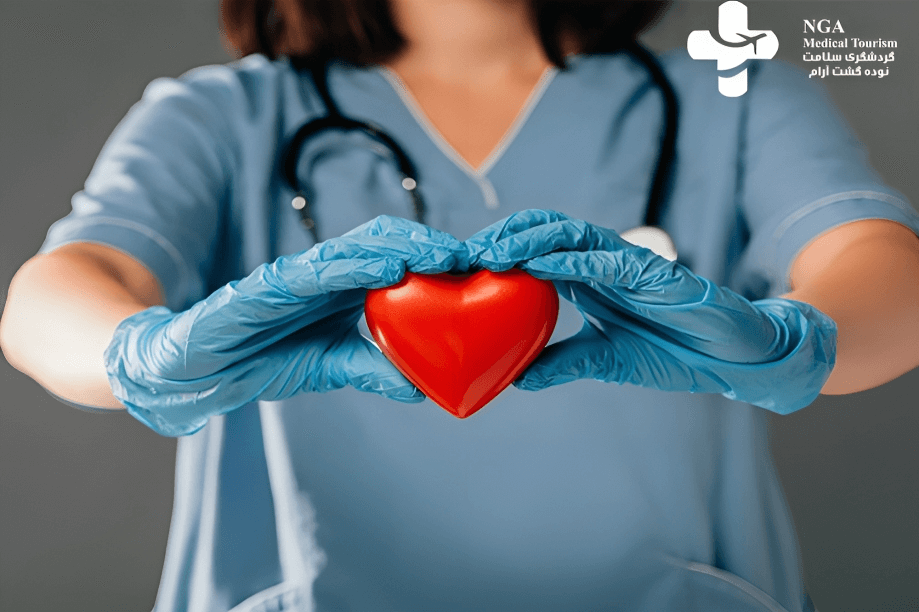
Cardiology

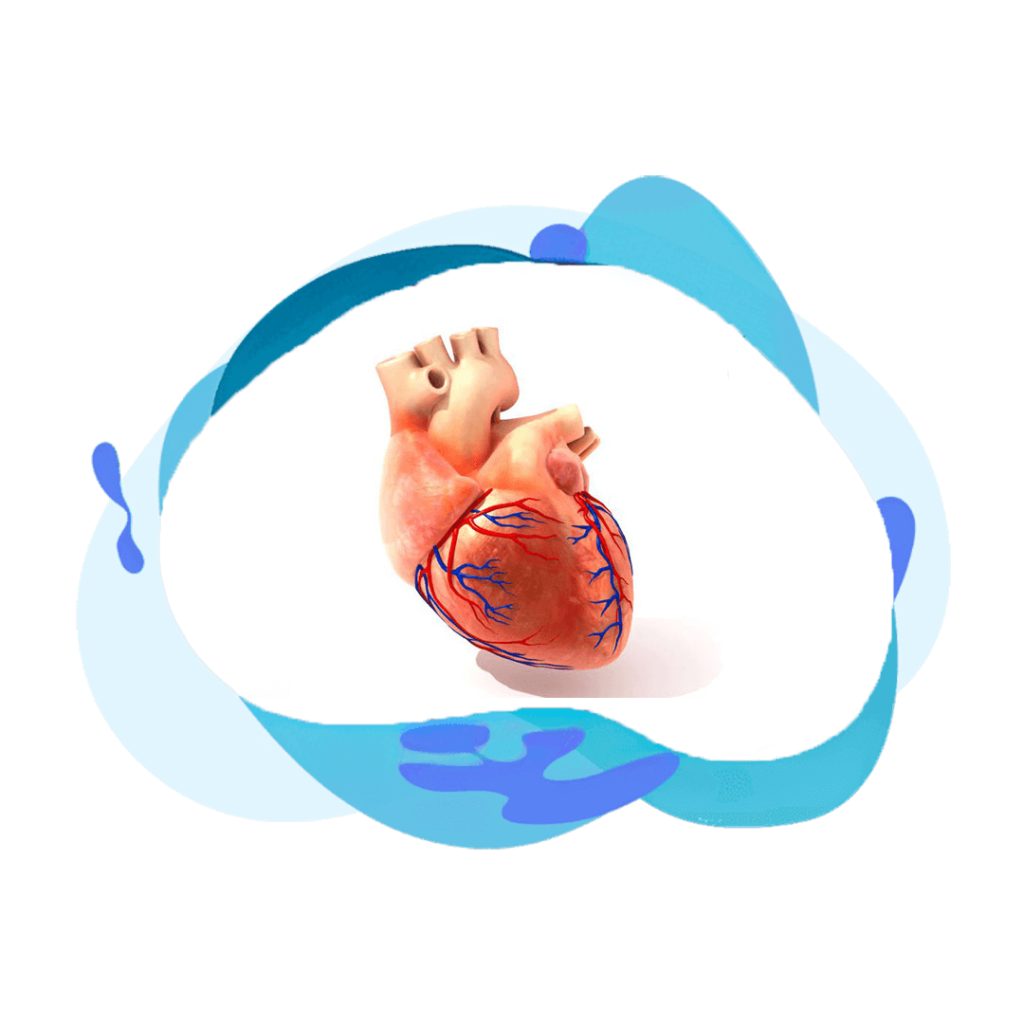
Iran is an attractive choice for cardiology due to its advanced medical infrastructure, highly skilled healthcare professionals, and renowned cardiac research centers. Iran boasts world-class hospitals and clinics equipped with cutting-edge technology, offering a wide range of cardiac treatments and surgeries. Iranian cardiologists are well-trained, and many have received international recognition for their expertise. Additionally, Iran has a strong tradition of medical research and innovation, contributing to the development of groundbreaking treatments and therapies in the field of cardiology. With its commitment to high-quality healthcare and a thriving research environment, Iran stands out as a favorable destination for individuals seeking top-notch cardiology services and advancements.
Cardiology in Iran
Cardiology is the branch of medicine that focuses on the study, diagnosis, treatment, and prevention of diseases and disorders of the cardiovascular system, which includes the heart and blood vessels. Cardiologists are medical specialists who are trained to evaluate and manage a wide range of heart-related conditions, such as coronary artery disease, heart failure, arrhythmias, valvular heart disease, and congenital heart defects.

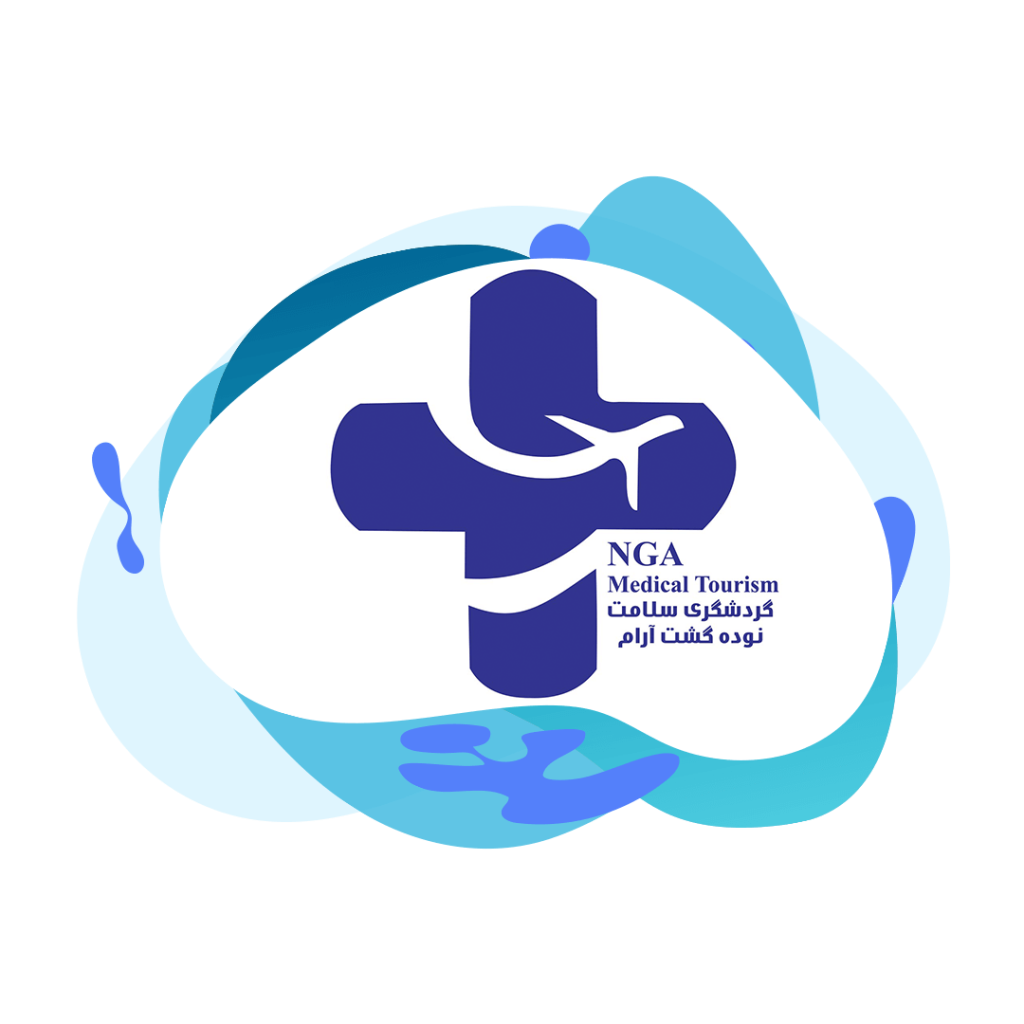
ipdtourism is a reputable company specializing in providing medical services to international patients, boasting a distinguished track record in this field. With a commitment to enhancing the quality of healthcare for its clients, ipdtourism is recognized as a trusted destination for patients from around the world. Offering a wide range of hospital and medical treatments across various specialties, including complex surgeries, cancer therapies, and cardiac care, ipdtourism places its trust in experienced medical teams and advanced medical facilities to provide patients with top-notch healthcare and treatment.
Cardiology is the branch of medicine focused on the study, diagnosis, treatment, and prevention of diseases and disorders related to the cardiovascular system, which encompasses the heart and blood vessels. Cardiologists, specialized medical doctors in this field, evaluate and manage a wide range of conditions such as coronary artery disease, heart failure, arrhythmias, valvular heart diseases, and congenital heart defects. They employ various diagnostic tools and procedures like electrocardiograms, echocardiography, cardiac catheterization, and stress tests to assess heart function and structure.
Interventional cardiology:
Interventional cardiology is a specialized branch of cardiology that focuses on diagnosing and treating cardiovascular diseases using minimally invasive procedures. Interventional cardiologists are highly trained medical professionals who perform a variety of non-surgical, catheter-based techniques to manage heart conditions. These procedures often involve threading thin, flexible tubes called catheters through blood vessels, typically starting from the groin or wrist and advancing them to the heart or blood vessels.
Heart surgery, such as coronary artery bypass grafting (CABG), can be performed to bypass or remove blocked or narrowed coronary arteries, restoring blood flow to the heart muscle.
Surgery can repair or replace damaged or malfunctioning heart valves. Common procedures include valve repair and valve replacement surgeries.
Children and adults born with structural heart abnormalities may require surgical interventions to correct defects like atrial septal defects (ASD), ventricular septal defects (VSD), or tetralogy of Fallot.
Surgery can repair or replace the aorta, the main blood vessel that carries blood from the heart to the rest of the body, when it becomes weakened or damaged due to an aneurysm or dissection.
n some cases of severe heart failure, heart transplant surgery may be considered to replace a failing heart with a healthy donor heart.
Surgical procedures like maze surgery or catheter ablation can be used to treat certain types of irregular heart rhythms (arrhythmias) that do not respond to other treatments.
Surgery may be necessary to remove infected tissue and repair damage caused by endocarditis, an infection of the heart’s inner lining.
Heart surgery can be performed to remove tumors or masses within the heart.
Cardiovascular diseases
cardiovascular diseases (CVDs) refer to a group of disorders that affect the heart and blood vessels. They can include conditions such as coronary artery disease, heart failure, hypertension (high blood pressure), stroke, and peripheral artery disease.
CVDs are a major cause of death and disability globally, with an estimated 17.9 million deaths per year. Risk factors for CVDs include unhealthy diet, physical inactivity, tobacco use, excessive alcohol consumption, obesity, and diabetes.
Prevention and management of CVDs typically involve lifestyle modifications such as regular exercise, healthy diet, quitting smoking, reducing alcohol intake, and managing underlying medical conditions such as high blood pressure and diabetes. In some cases, medications or surgical interventions may be necessary. Early detection and treatment can significantly improve outcomes for individuals with CVDs.

advanced cardiology:
“Advanced cardiology” is a term that generally refers to the latest and most advanced techniques, technologies, and treatments used in the field of cardiology. This can include the use of cutting-edge diagnostic tools and imaging technologies, such as cardiac MRI and CT scans, as well as the latest medications, surgical procedures, and interventional techniques for managing heart diseases and conditions.
Coronary Artery Bypass Grafting (CABG) is a surgical procedure used to treat coronary artery disease, a condition in which the blood vessels that supply the heart muscle become narrowed or blocked due to a buildup of plaque. During CABG, a cardiothoracic surgeon creates new pathways for blood to flow to the heart by grafting healthy blood vessels (often taken from the patient’s own leg, arm, or chest) around the blocked or narrowed coronary arteries. This bypass restores proper blood supply to the heart muscle, alleviating chest pain (angina) and reducing the risk of heart attack. CABG is a well-established and effective procedure that can improve overall heart function and enhance a patient’s quality of life.
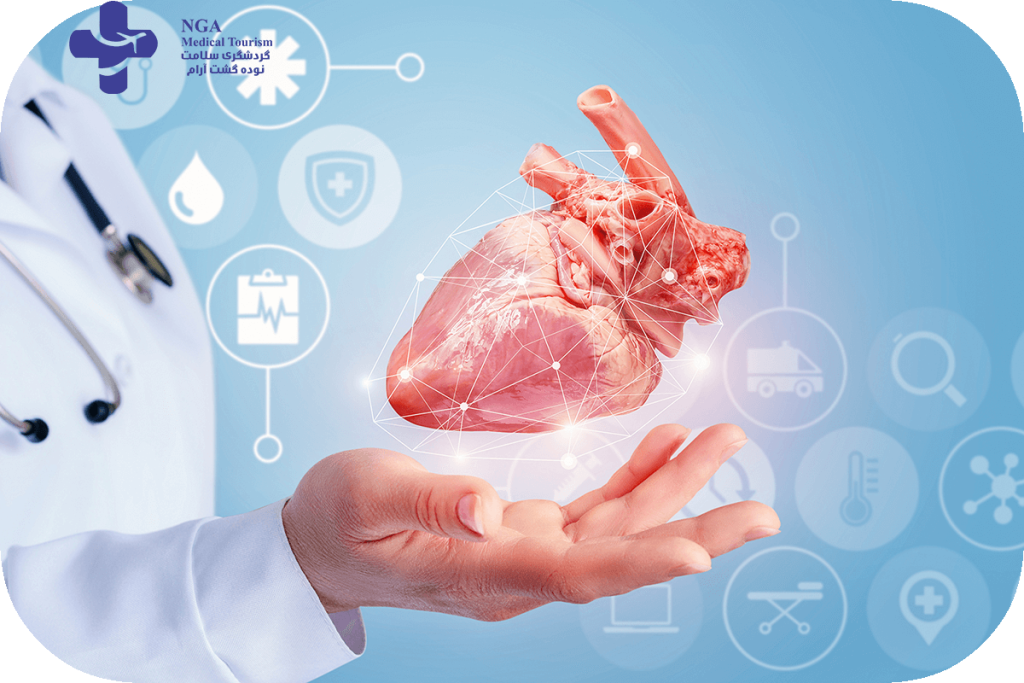
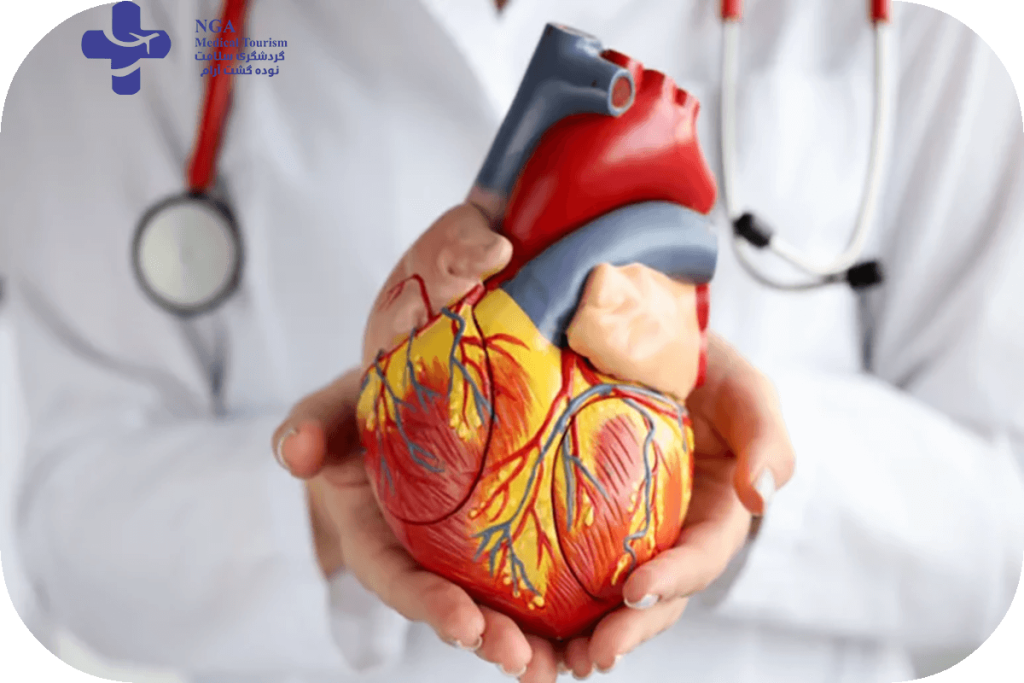
Aneurysm repair is a surgical procedure designed to treat an aneurysm, which is an abnormal bulging or weakening of a blood vessel wall, most commonly occurring in the aorta. There are two main types of aneurysm repair: endovascular repair and open surgical repair. Endovascular repair involves the insertion of a stent graft through a catheter into the affected blood vessel, reinforcing and sealing the weakened area to prevent rupture. In contrast, open surgical repair requires a traditional surgical approach, where the damaged section of the blood vessel is replaced with a graft. Aneurysm repair is crucial as it reduces the risk of potentially life-threatening complications, such as rupture and internal bleeding, and helps to maintain proper blood flow through the affected vessel.
Arrhythmia Treatment in Iran
Arrhythmia treatment encompasses various medical interventions to manage irregular heart rhythms (arrhythmias) that can disrupt the normal functioning of the heart. Depending on the type and severity of the arrhythmia, treatment options may include medications to control heart rate and rhythm, cardioversion procedures to restore a normal rhythm, catheter ablation to eliminate abnormal electrical pathways in the heart, implantable devices like pacemakers to regulate heartbeats, or implantable cardioverter-defibrillators (ICDs) to detect and treat life-threatening arrhythmias. The goal of arrhythmia treatment is to improve heart function, reduce symptoms such as palpitations and dizziness, and minimize the risk of more serious complications like stroke or sudden cardiac arrest. Treatment plans are tailored to individual patient needs and the specific type of arrhythmia diagnosed by a cardiologist or electrophysiologist.
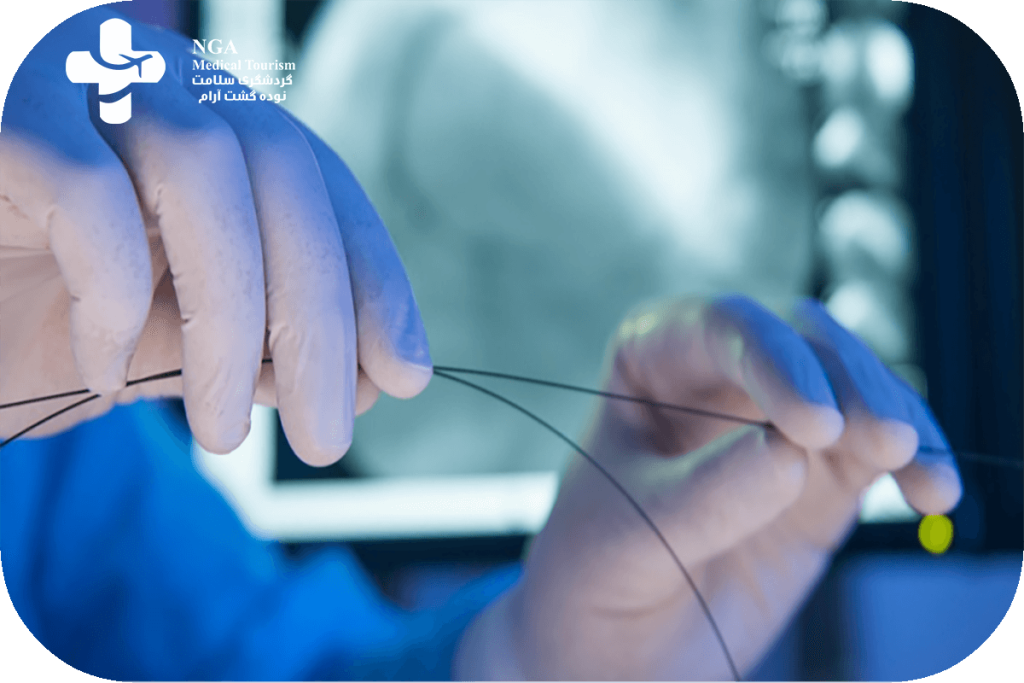
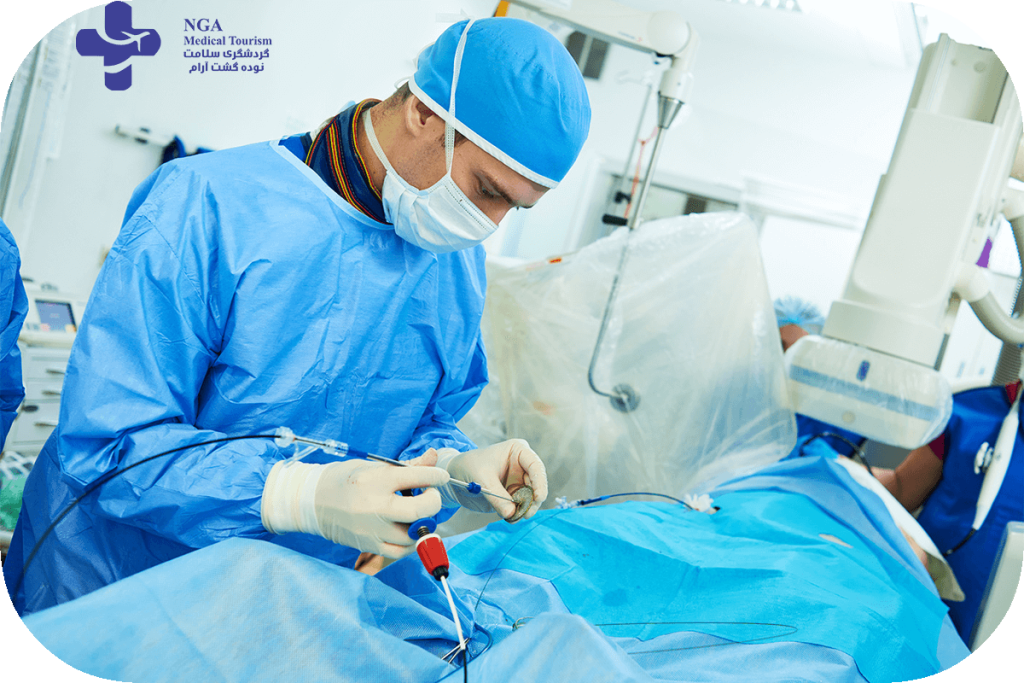
Aortic Valve Replacement (AVR) in Iran
Aortic Valve Replacement (AVR) is a surgical procedure performed to replace a malfunctioning or diseased aortic valve, one of the heart’s four valves responsible for regulating blood flow from the left ventricle to the aorta. AVR is typically indicated for conditions like aortic stenosis (narrowing of the aortic valve) or aortic regurgitation (leakage of blood back into the heart). During the procedure, a cardiothoracic surgeon removes the damaged valve and replaces it with a mechanical valve made of synthetic materials or a bioprosthetic valve, often derived from animal tissues. AVR restores normal blood flow and helps alleviate symptoms such as chest pain, shortness of breath, and fatigue, improving overall cardiac function and the patient’s quality of life. The choice between mechanical and bioprosthetic valves depends on factors like the patient’s age, lifestyle, and the need for long-term anticoagulation therapy.
Percutaneous Coronary Intervention (PCI), commonly known as angioplasty, is a minimally invasive medical procedure used to treat coronary artery disease by opening narrowed or blocked coronary arteries. During PCI, a cardiologist threads a catheter with a deflated balloon at its tip into the affected artery, precisely positioning it at the site of the blockage. The balloon is then inflated, compressing the plaque and widening the artery to restore proper blood flow to the heart muscle. In many cases, a stent, a small mesh-like tube, is also placed at the site to keep the artery open and prevent it from narrowing again. PCI is an effective method to relieve symptoms of angina, improve blood supply to the heart, and reduce the risk of heart attacks. It is often performed as an alternative to coronary artery bypass surgery for selected patients with coronary artery disease.

Pediatric cardiology is a subspecialty of cardiology that focuses on the diagnosis and treatment of heart diseases and defects in children, infants, and fetuses. Pediatric cardiologists are medical doctors who have specialized training in the unique anatomy, physiology, and medical conditions of children’s hearts. They use a variety of tools and techniques to diagnose and manage a wide range of cardiac conditions, including congenital heart defects, arrhythmias, and acquired heart diseases. Treatment may involve medication, lifestyle changes, or surgical interventions, depending on the specific condition and the severity of the symptoms. The goal of pediatric cardiology is to provide personalized care to children with heart diseases, promoting heart health and improving quality of life for children and their families.
cardiology in the young
“Cardiology in the young” is a subspecialty of cardiology that focuses on the diagnosis and treatment of congenital heart disease and other heart conditions that present in childhood or adolescence. This field encompasses a wide range of heart conditions that can affect infants, children, and young adults, including structural heart defects, arrhythmias, cardiomyopathies, and acquired heart diseases.
Cardiology tests:
Electrocardiogram (ECG or EKG)
This test records the electrical activity of the heart and can help diagnose abnormal heart rhythms, heart attacks, and other heart conditions.
Echocardiogram:
This noninvasive test uses ultrasound waves to create images of the heart and its structures, which can help diagnose structural heart problems and abnormalities.
Stress test:
This test involves monitoring the heart during exercise or other physical activity to evaluate its performance under stress and diagnose conditions such as coronary artery disease.
Cardiac catheterization:
This invasive procedure involves inserting a catheter into a blood vessel in the arm or leg and threading it up to the heart to diagnose and treat conditions such as blockages in the coronary arteries.
Holter monitor:
This portable device records the heart’s electrical activity over a 24- or 48-hour period, which can help diagnose heart rhythm abnormalities.
why do we recommend Cardiology in Iran?
There are several reasons why Iran is becoming a popular destination for medical tourism in the field of cardiology. Some of the reasons include:
1. High-quality healthcare facilities: Iran has a well-developed healthcare system with modern hospitals and medical centers that are equipped with the latest technology and equipment. Many of these facilities have received international accreditation and are staffed by highly trained and experienced medical professionals.
2. Affordable costs: The cost of medical procedures in Iran is generally lower than in many other countries, making it an attractive option for patients who are seeking high-quality medical care at a more affordable price.
3. Skilled medical professionals: Iran has a large pool of highly skilled medical professionals, including cardiologists and cardiac surgeons, who have received extensive training and education in their field.
4. Advanced treatments and procedures: Iranian hospitals and medical centers offer a wide range of advanced treatments and procedures for cardiac conditions, including minimally invasive techniques such as PCI and TAVR, as well as complex surgeries such as heart transplantation and LVAD implantation.
5. Cultural attractions: Iran is a country with a rich history and culture, and many patients who travel there for medical purposes also take advantage of the opportunity to explore the country’s many cultural attractions and landmarks.
Overall, Iran’s combination of high-quality healthcare facilities, affordable costs, skilled medical professionals, advanced treatments, and cultural attractions make it a compelling destination for patients seeking cardiology care.

Iran is known for providing high-quality medical care at a relatively low cost, including in the field of cardiology. Iranian healthcare facilities are equipped with modern equipment and staffed by highly trained professionals, including cardiologists who are often trained in leading medical centers around the world.
One of the advantages of seeking cardiology treatment in Iran is the relatively low cost compared to many other countries. For example, a routine check-up with a cardiologist in Iran may cost between 20 to 50 USD. This can be especially attractive for patients who may not have access to affordable healthcare in their home country or who are seeking cost-effective options for medical tourism.
Despite the relatively low cost of cardiology services in Iran, the quality of care is generally considered to be high, with many hospitals and clinics meeting international standards for patient care and safety. Additionally, Iran has a long history of medical research and innovation, with many Iranian scientists and physicians making significant contributions to the field of cardiology.
Read More: Arteriovenous Malformations
Read More: Aortic Valve Stenosis (Aortic Stenosis)
Read More: Heart Valve Surgery
Read More: General Heart Surgery
In conclusion, cardiology is a critical field of medicine that focuses on the diagnosis and treatment of heart conditions. Advances in technology and medical research have led to the development of new and innovative treatments for a wide range of cardiac conditions, including coronary artery disease, heart failure, arrhythmias, and valvular heart disease.
Cardiology procedures, such as percutaneous coronary intervention (PCI), aortic valve replacement (AVR), and coronary artery bypass grafting (CABG), can help improve blood flow to the heart and relieve symptoms such as chest pain, shortness of breath, and fatigue. With the availability of these advanced treatments and the expertise of skilled medical professionals, many patients with cardiac conditions are able to lead longer, healthier lives.
Countries like Iran have become popular destinations for medical tourism in the field of cardiology, due to their high-quality healthcare facilities, affordable costs, skilled medical professionals, and advanced treatments and procedures.
Overall, the field of cardiology continues to make significant strides in the diagnosis and treatment of heart conditions, and will undoubtedly continue to do so in the years to come.
A cardiologist is a physician who’s an expert in the care of your heart and blood vessels. They can treat or help you prevent a number of cardiovascular problems. They can also specialize in specific areas, such as abnormal heart rhythms, heart failure or heart problems you’ve had since birth.
(KAR-dee-AH-loh-jee) A branch of medicine that specializes in diagnosing and treating diseases of the heart, blood vessels, and circulatory system. These diseases include coronary artery disease, heart rhythm problems, and heart failure.
Cardiothoracic Surgeons generally perform surgery of the heart and chest. Cardiologists work with surgeons to manage patients and determine whether the patient needs surgery. They might also work together to treat irregular heart beat problems. Before surgery, the cardiologist will perform a full evaluation.
Cardiology is the medical speciality dealing with the diagnosis and treatment of diseases and disorders of the heart. Cardiologists are specialists in diseases of the heart. The biggest area of heart disease treated is coronary artery disease e.g. angina.
Cardiothoracic surgeons specialise in operating on the heart, lungs and other thoracic (chest) organs. They also diagnose and treat diseases of these organs.
During your first appointment, the cardiology team will take measurements called “vitals.” This may include height, weight, blood pressure, breathing rate, resting heart rate and body temperature. Then your cardiologist will perform a head-to-toe examination of your body with a focus on your heart.
There are three main types of cardiology: invasive, non-invasive, and interventional. Your cardiologist may use one or a combination of techniques to identify and treat your heart condition.

Angiography is a medical imaging technique used to visualize the blood vessels in the body, particularly the arteries and veins.Angiography is a medical imaging technique used to visualize the blood vessels in the body, particularly …

Angioplasty is a medical procedure used to treat narrowed or blocked blood vessels, typically arteries, and restore blood flow to the affected area. It is often performed as a follow-up to an angiography procedure when a blockage or narrowing is detected.

Heart bypass surgery, also known as coronary artery bypass graft (CABG) surgery, is a surgical procedure performed to improve blood flow to the heart muscle when the coronary arteries are severely blocked or narrowed. It is typically …

Heart valve replacement surgery is a surgical procedure performed to replace a damaged or diseased heart valve with an artificial valve or a biological tissue valve. The heart valves, including

Heart transplant surgery, also known as cardiac transplantation, is a surgical procedure in which a diseased or failing heart is replaced with a healthy heart from a deceased donor. It is typically performed …

Aortic aneurysm surgery is a procedure performed to repair or treat an aortic aneurysm, which is an abnormal bulging or dilation of the aorta, the largest artery in the body. Aortic aneurysms can occur in different sections…

Heart pacemaker surgery, also known as pacemaker implantation, is a procedure performed to treat abnormal heart rhythms or electrical conduction disorders. A pacemaker is a small electronic device that helps regulate …

Open heart surgery, also known as cardiac surgery, is a surgical procedure performed on the heart with the chest cavity opened. It involves accessing the heart directly to treat various conditions or perform corrective procedures.


